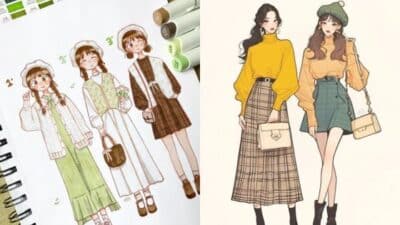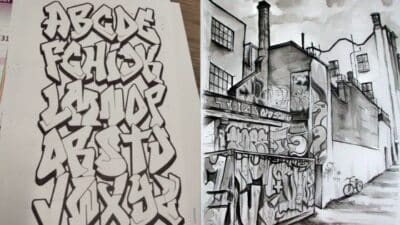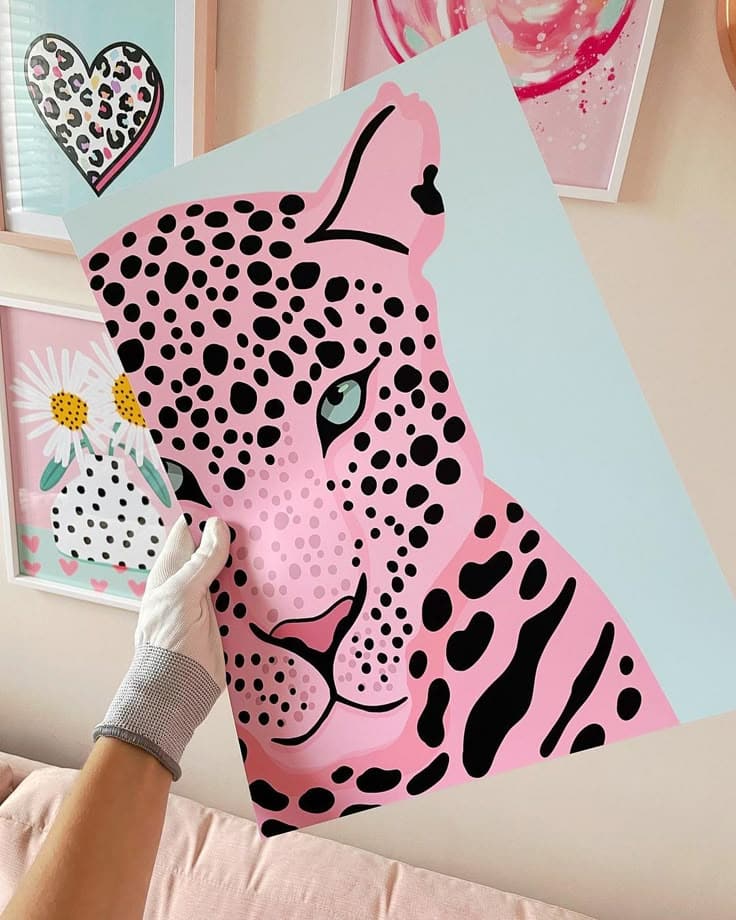
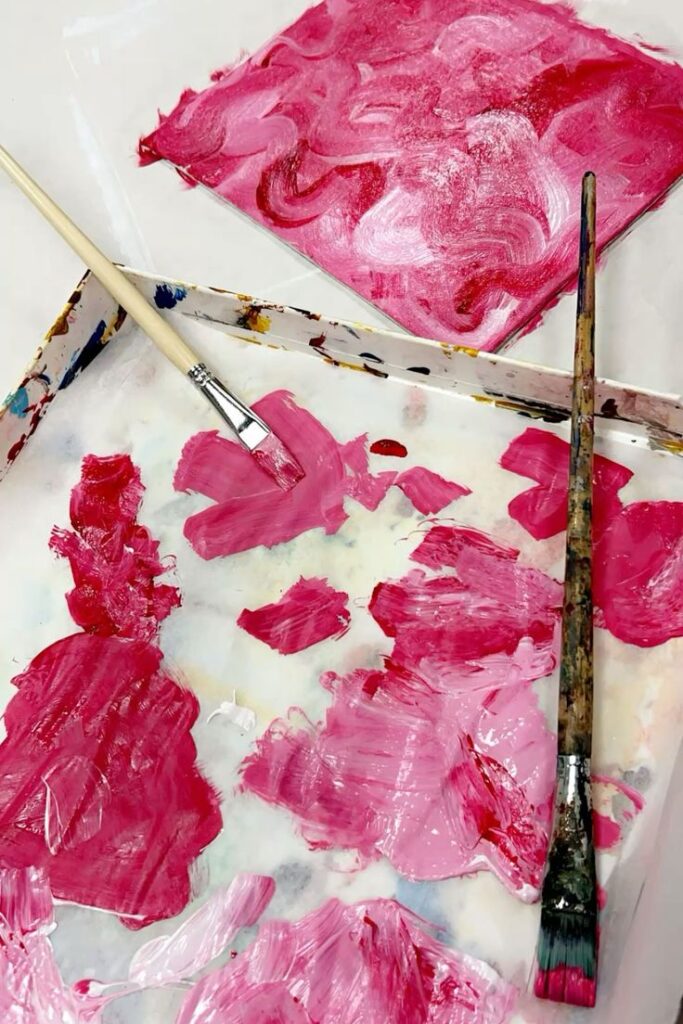
Pink drawing ideas can add a fresh and vibrant touch to any artwork. They work well for simple sketches, bold designs, or even detailed portraits. Using pink in drawings helps create eye-catching pieces that stand out and bring warmth to the art.
Artists can explore many themes with pink, including nature, fantasy, and everyday objects. Pink works nicely for flowers, animals, and fun patterns. Mixing different shades of pink can also give drawings more depth and interest.
Many artists enjoy trying new techniques to make pink drawings unique. From soft blending to sharp lines, pink offers many ways to be creative. Using pink thoughtfully can inspire new styles and push artistic skills.
Key Takeaways
- Pink adds warmth and vibrancy to drawings.
- Different shades of pink create depth and interest.
- Many creative techniques work well with pink art.
Easy Pink Drawing Ideas
Pink drawings can be simple and fun to create. They often include basic shapes, soft colors, and familiar objects. Ideas range from flowers to cute animals and everyday items.
Simple Pink Flowers
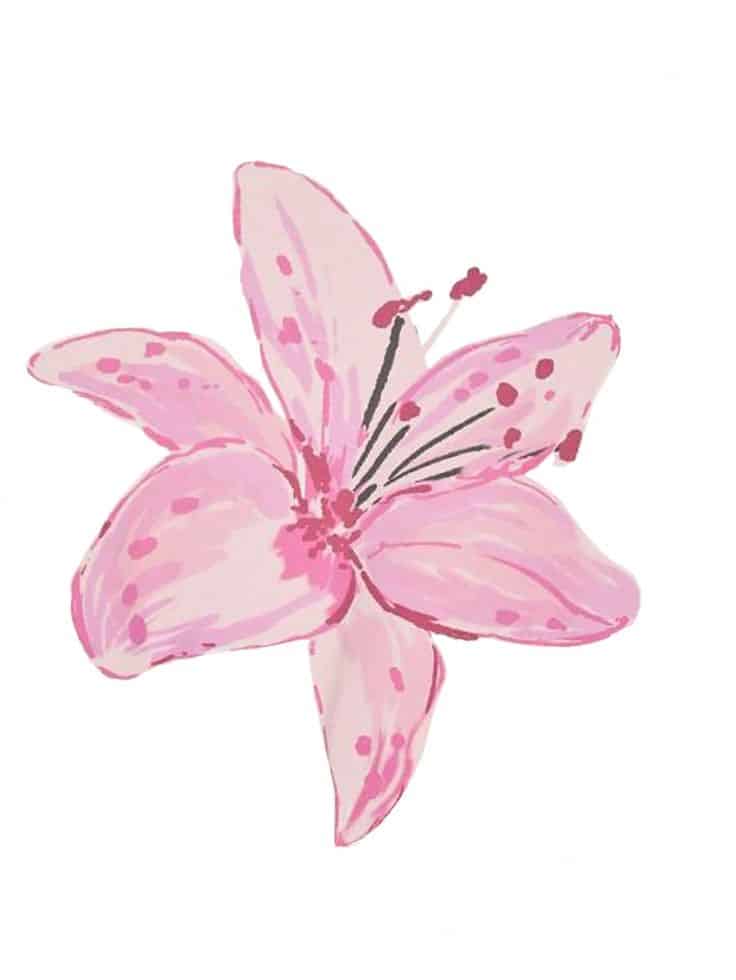

Drawing pink flowers is easy and rewarding. Common flowers like tulips, daisies, and cherry blossoms work well. Start with a small circle for the center and add rounded petal shapes around it.
Use light pink for petals and a slightly darker pink for shading. Green stems and leaves give more detail without much effort. Adding small dots or lines inside petals creates texture.
Practicing different flower shapes helps improve skills. Flowers can be drawn simply, with few lines, or more detailed by layering petals. Either way, pink flowers look attractive because of their soft, bright colors.
Pink Hearts and Shapes
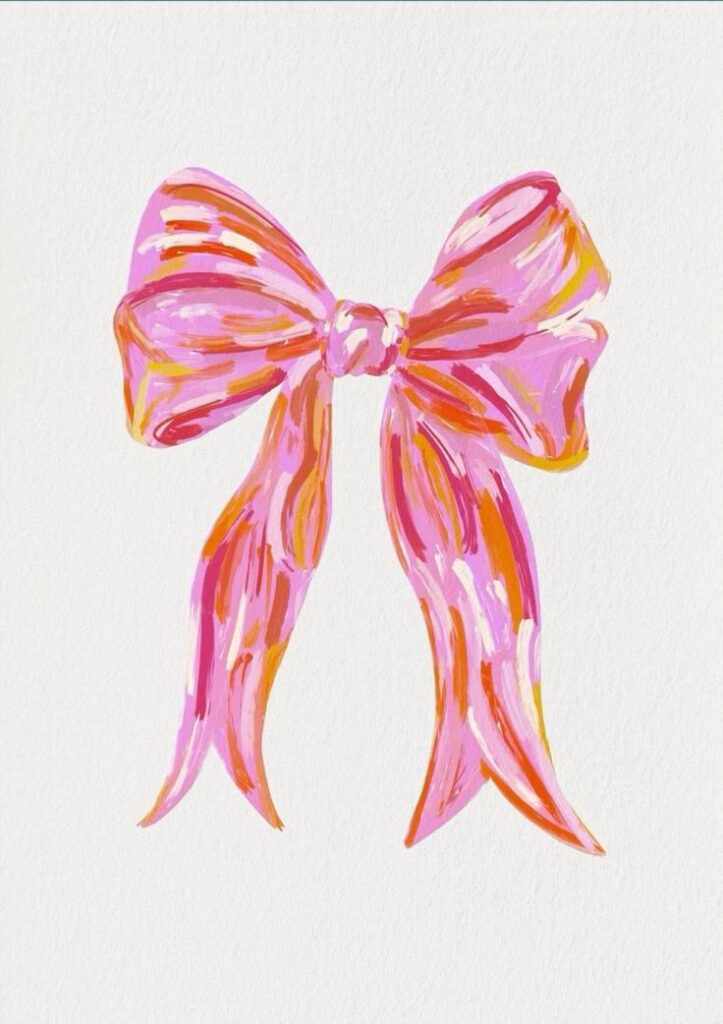

Pink hearts are a classic and simple drawing idea. They can be big or small, plain or decorated with patterns like stripes or polka dots. Hearts often show feelings like friendship or love.
Other pink shapes, like stars, circles, or clouds, are easy to draw and color. Using different shades of pink adds depth. Outlining shapes in a darker pink or black makes them stand out.
These shapes are useful for cards, posters, or doodles. They require only basic drawing skills and look neat with careful coloring or shading. The focus stays on smooth lines and clean fills.
Pink Animals for Beginners

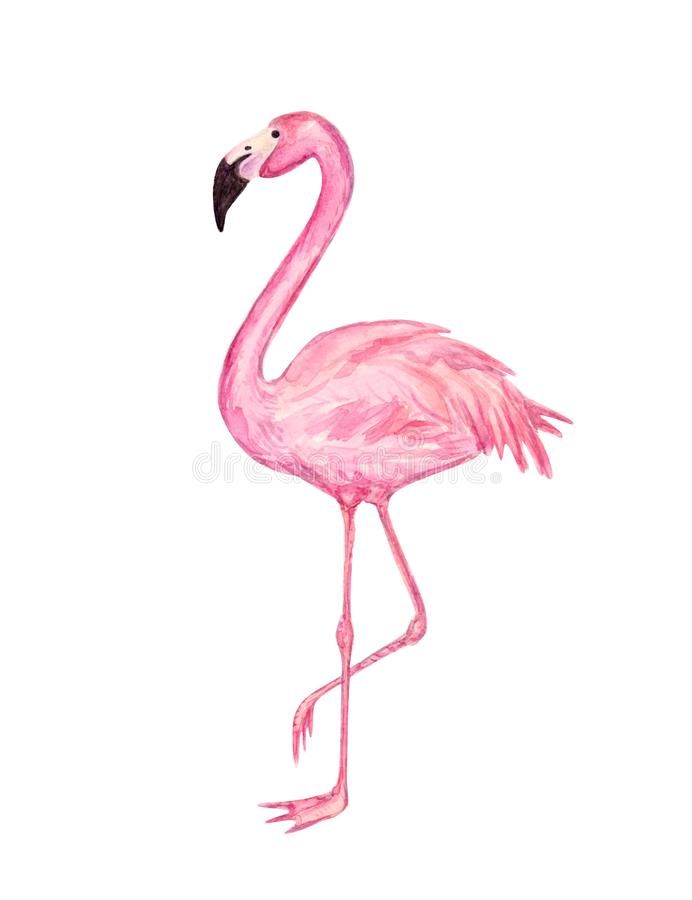
Beginner artists can start with easy pink animals like pigs, flamingos, or bunnies. These animals have simple body shapes like ovals and circles. Using pink for their bodies brings charm and softness.
Pig drawings use round bodies and big snouts. Flamingos have thin legs and curved necks but simple outlines work fine. Bunnies need long ears and round tails.
Adding small details like eyes, noses, or feathers helps make the animals lively. Light and dark pink shades add dimension. These animals are a great way to practice shapes and color blending.
Cartoon Food in Pink
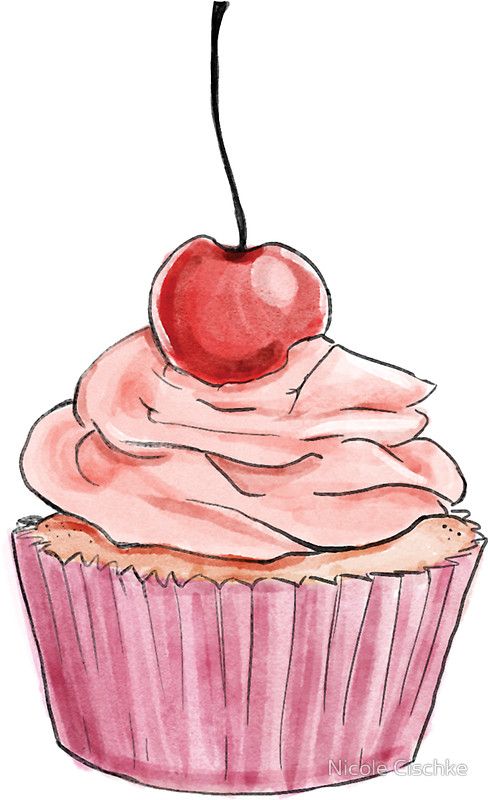

Cartoon-style pink food items are playful and simple to draw. Think of pink cupcakes, donuts, or ice cream cones. Start with basic shapes like circles or triangles.
Use pink to color frosting or sweet parts. Adding sprinkles, lines, or shine marks makes the food look more fun. Outlines in a contrasting color help separate different parts.
This style keeps the drawing light and easy. It suits beginners who want colorful, tasty ideas without complex details. Cartoon food items can be used for stickers or fun art projects.
| Drawing Idea | Key Features | Coloring Tips |
|---|---|---|
| Simple Pink Flowers | Rounded petals, green leaves | Use light and dark pink |
| Pink Hearts | Smooth shape, patterns possible | Outline for depth |
| Pink Animals | Basic shapes, small details | Blend shades softly |
| Cartoon Food | Simple shapes, cute decorations | Bright pink frosting |
Creative Pink Art Projects
Pink can be used in many creative ways to make unique and eye-catching designs. Artists often explore different styles with pink, from random shapes to magical scenes. These projects help develop skills and inspire new ideas.
Abstract Pink Patterns
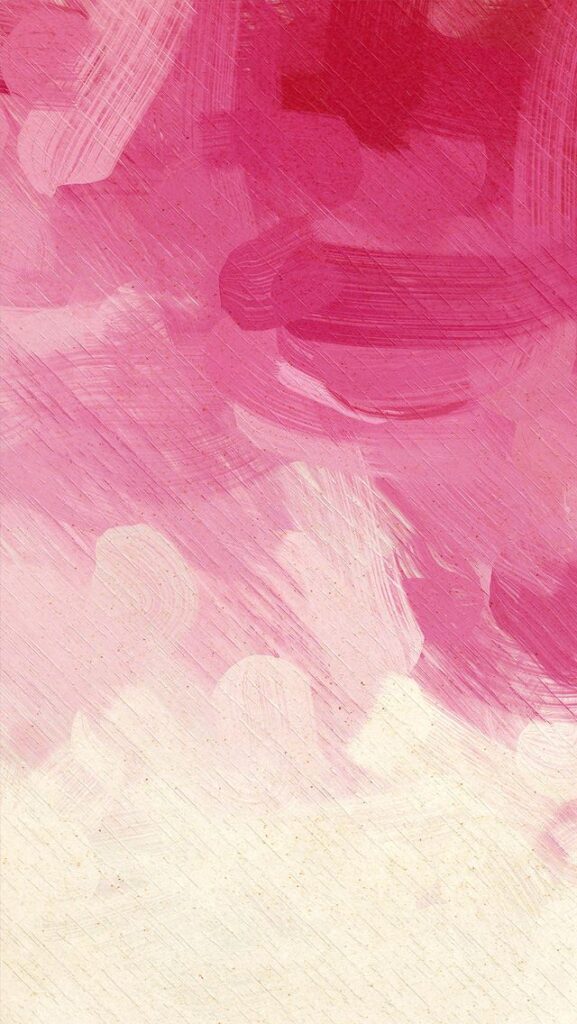
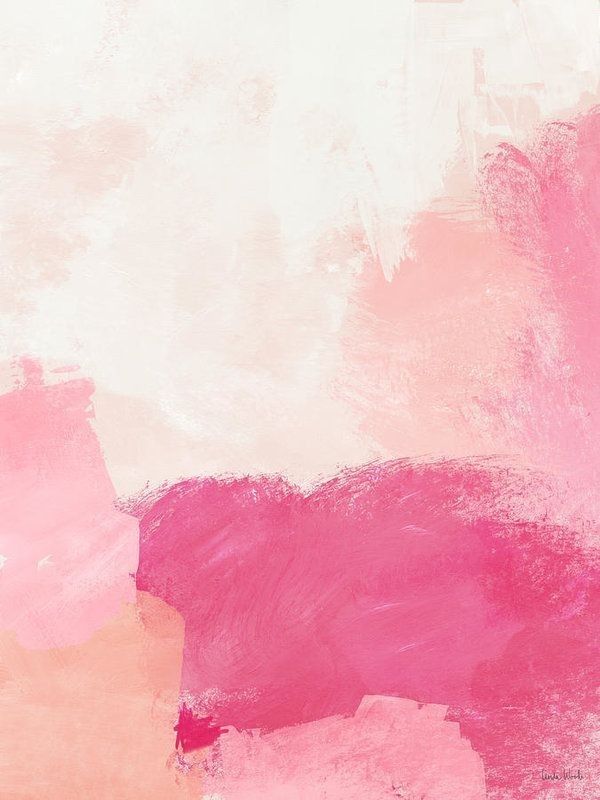
Abstract pink patterns focus on shapes and lines without a fixed form. Using various shades of pink, artists can create movement and depth. Repeating shapes like circles, triangles, or waves adds interest.
Experimenting with texture is helpful. Rough brush strokes, smooth lines, or dotted patterns give a unique feel. Mixing pink with white or red can add highlights or shadows.
This style encourages freedom. The artist does not need to follow real objects, so they can focus on balance and color harmony. It is a good way to practice control and creativity.
Dreamy Pink Landscapes

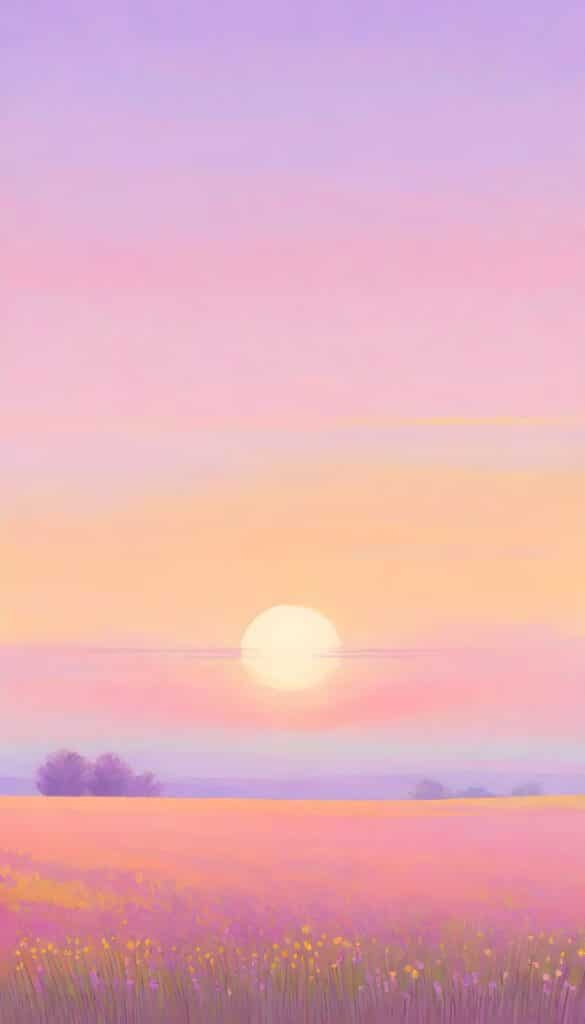
Dreamy pink landscapes use soft pinks to build calm and surreal scenes. This can include sunsets, flower fields, or misty hills. The key is blending colors smoothly.
Light pink shadows and deeper pink highlights create a soft glow. Trees, clouds, or water can be tinted with pink to add a magical touch. Layering colors helps to build depth.
Details are simple, focusing on mood over realism. This style suits artists who want to capture feelings using gentle pink tones and smooth gradients.
Fantasy Pink Creatures

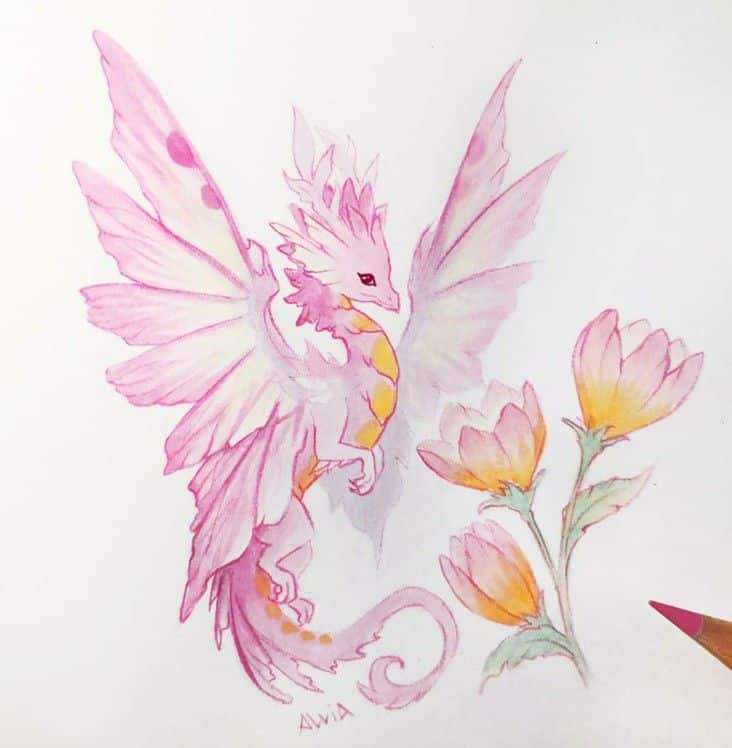
Fantasy pink creatures are imaginative animals or beings that use pink as a dominant color. These can be dragons, fairies, or made-up animals with wings, horns, or scales.
Details like sparkling eyes, textured fur, or glowing skin bring the creatures to life. Artists often use bright pink alongside other colors to highlight features.
This project encourages inventiveness. It mixes real elements with fantasy, letting the artist explore anatomy and character design while emphasizing pink’s vividness.
Pink Portrait Drawing Inspiration
Pink adds a unique touch to portraits by highlighting features and creating mood. It works well in different ways, such as coloring hair or adding details to clothing. Using pink carefully can create eye-catching and stylish drawings.
Pink Hair Portraits


Pink hair in portraits draws attention and shows personality. Artists can use various shades, from soft pastels to bright neons, to match the mood they want. Light pinks give a gentle feel, while hot pinks add energy and boldness.
Texture matters too. Blending colors smoothly makes hair look soft, while sharp strokes can show wild styles. Adding highlights and shadows with pink tones gives dimension and keeps the hair from looking flat.
Pink hair portraits often pair well with neutral skin tones and backgrounds. This contrast helps the hair stand out and makes the portrait more striking. Small details like pink freckles or makeup can complement the hair color.
Fashion Sketches with Pink Accents
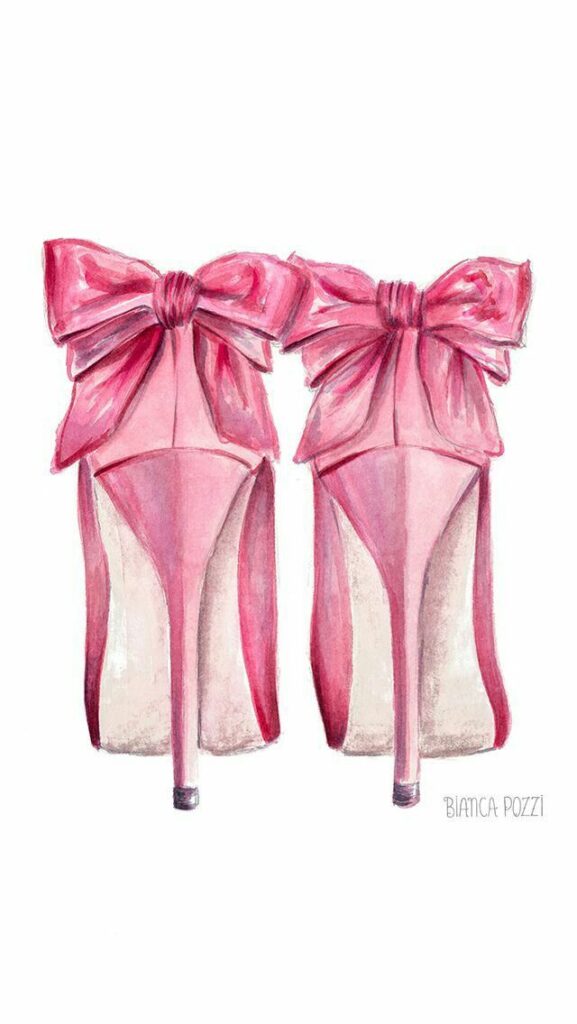
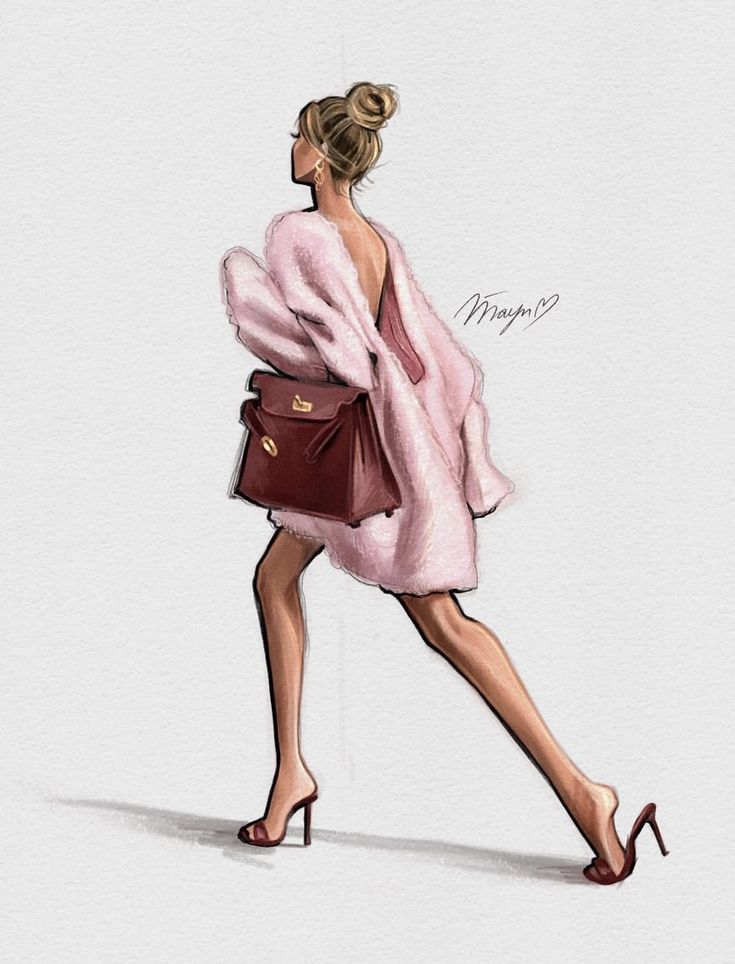
Pink accents in fashion sketches bring focus to certain parts of the design. Artists use pink to highlight shoes, accessories, or patterns on clothing. These accents help show style ideas clearly and make sketches more dynamic.
Using different shades of pink can suggest different materials. Soft pinks might represent silk or soft fabric, while bold pinks can show strong textures like leather. This variety adds depth to the drawings.
Pink can be paired with colors like black, white, or gray to emphasize the fashion piece. Designers often use pink alongside minimal colors to keep the look clean but stylish. By focusing on pink details, sketches become more memorable and clear.
Seasonal and Holiday Pink Drawings
Pink drawings can capture the feeling of different times of the year. They often highlight special events or natural changes, using pink to show warmth, love, and celebration. This section explores pink art ideas for Valentine’s Day, spring flowers, and festive decorations.
Pink Valentine’s Day Ideas

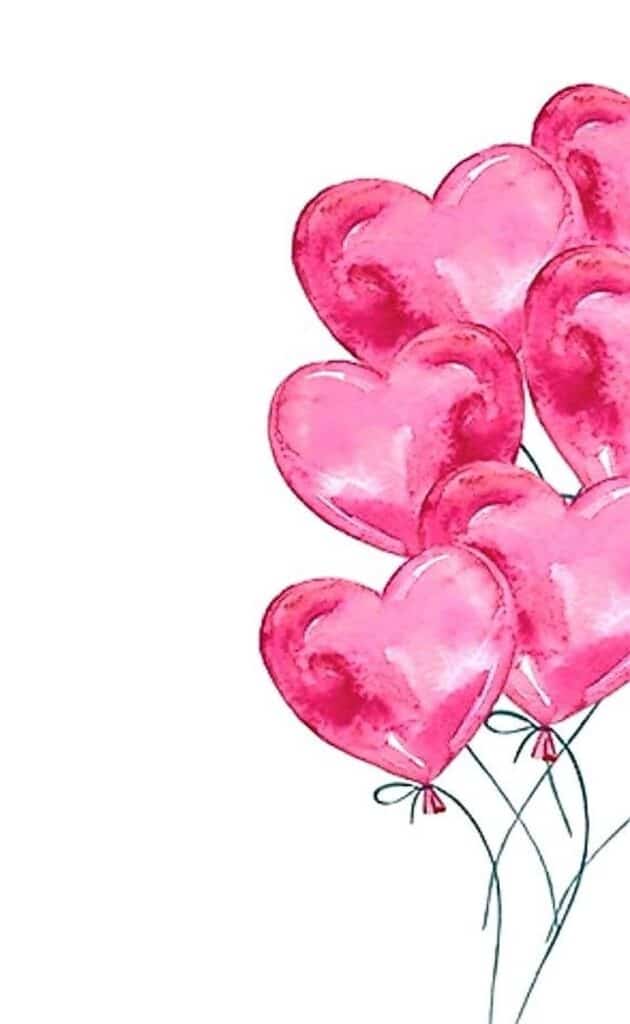
Valentine’s Day art often uses various shades of pink to show love and care. Common themes include hearts, roses, and cupids. Artists can draw heart-shaped balloons, love letters with pink envelopes, or cute animals holding hearts.
Using soft pinks with touches of red or white works well to add contrast. Simple line art filled with pink gives a modern look. Another idea is drawing pairs, like two flamingos or intertwined hands, which symbolize togetherness.
Springtime Pink Flowers
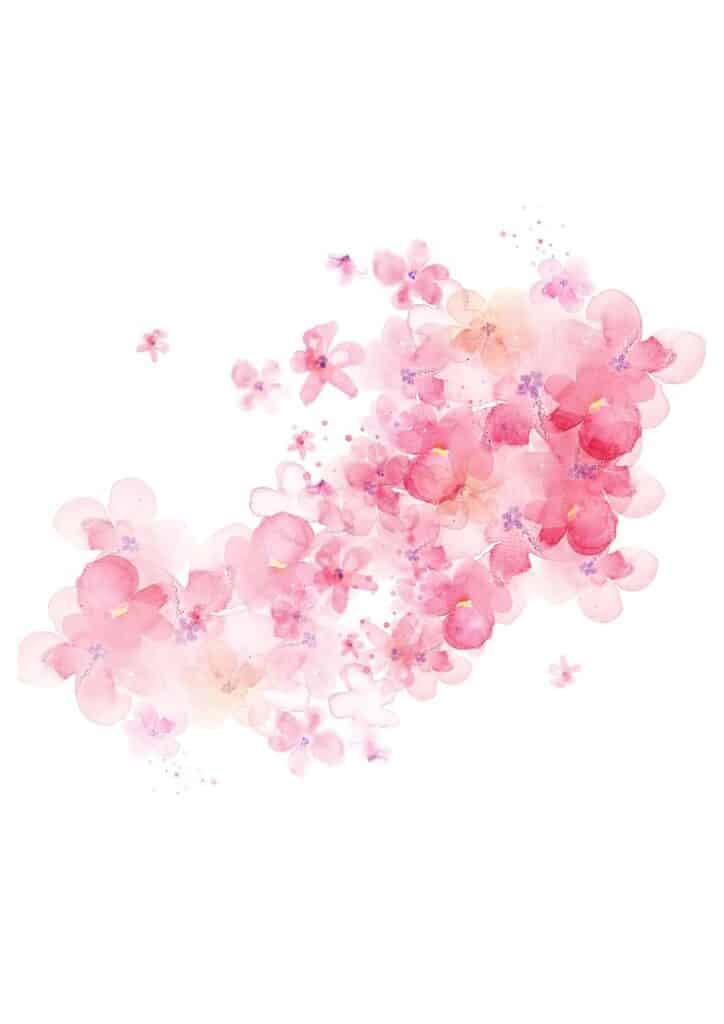
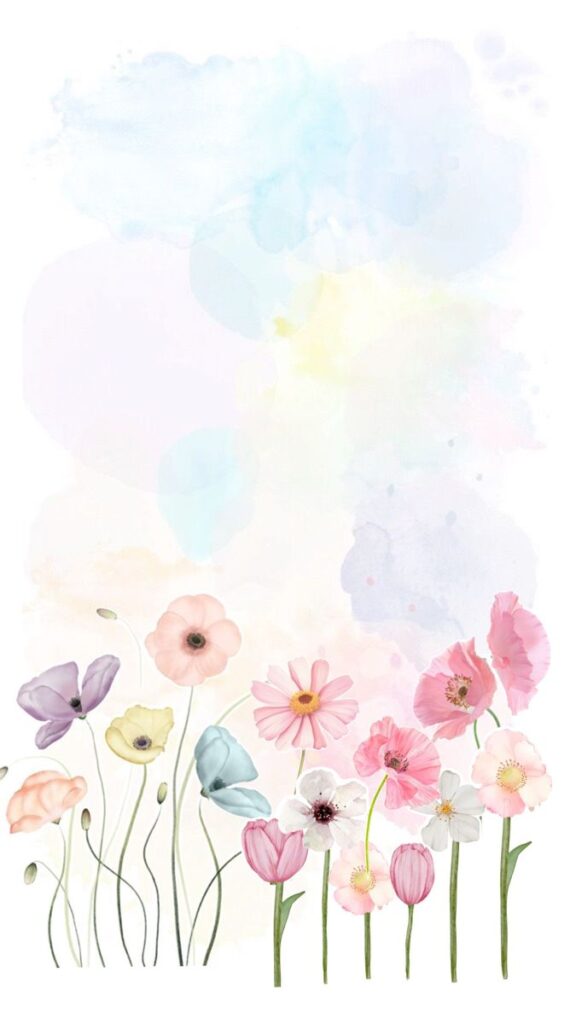
Spring drawings highlight fresh pink blossoms. Popular flowers include cherry blossoms, tulips, and peonies. These flowers reflect new life and growth after winter.
Artists can focus on details like petals or buds to make the pink pop. Combining light and dark pink shades helps create depth. Adding green leaves or blue skies can make flowers stand out. Flower gardens or branches covered in pink blossoms are common subjects.
Festive Pink Decorations
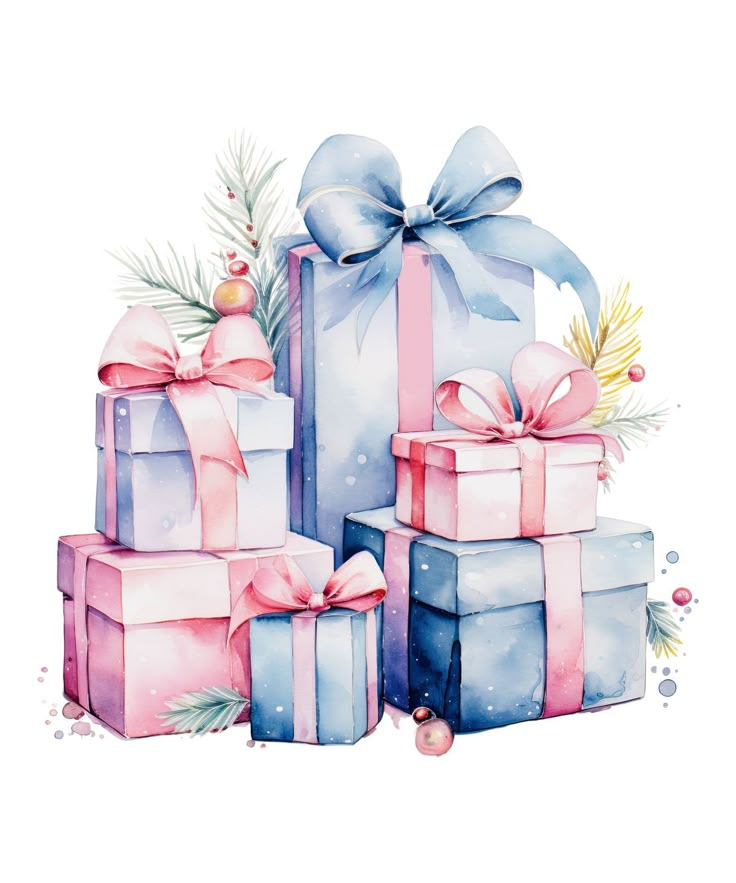
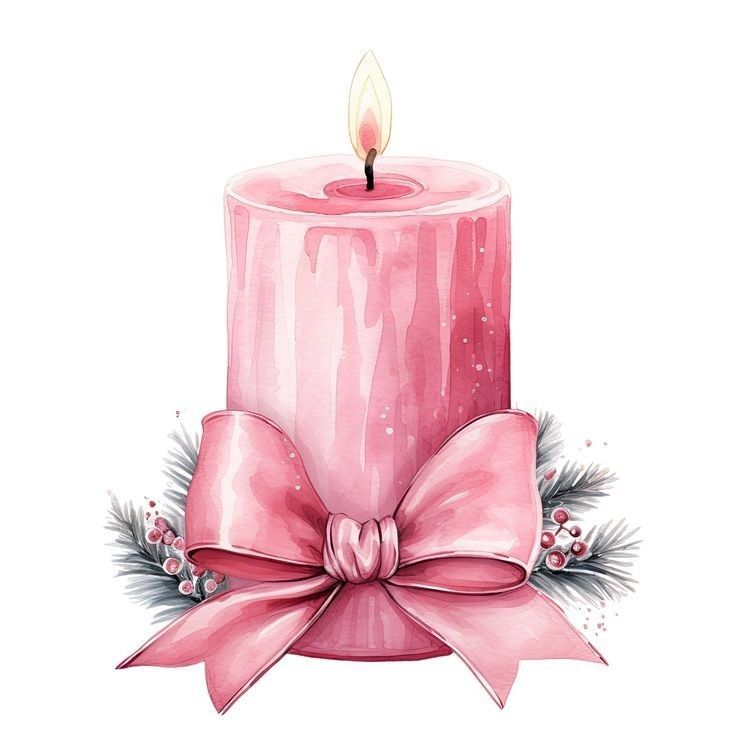
Pink can add fun to holiday displays beyond Valentine’s Day. It is popular in Christmas ornaments, Easter eggs, and birthday balloons. Glittery or shiny pink draws attention and brings brightness to spaces.
Common elements include pink ribbons, bows, and candle holders. Combining pink with gold or silver creates a festive feel. Artists might draw wraps with pink patterns or party scenes filled with pink confetti and decorations.
Techniques for Drawing with Pink
Drawing with pink requires understanding how to mix and use different shades, combine it with other colors, and create texture to make the color stand out. These methods help achieve depth and interest in pink drawings.
Blending Pink Shades

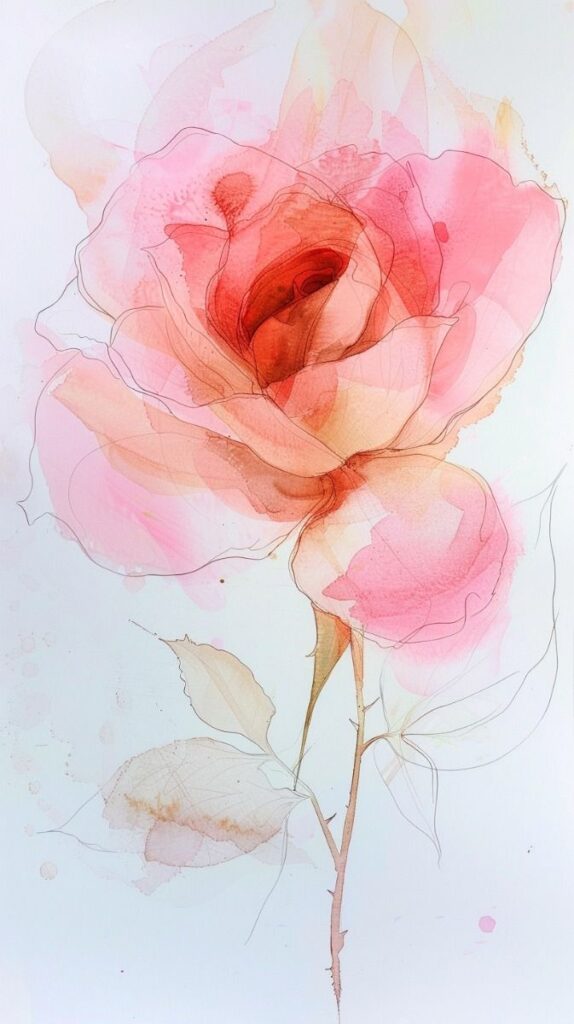
Blending pink shades means mixing light and dark pinks smoothly. Starting with a base layer of light pink helps build soft shadows and highlights. Using a darker pink on shadow areas adds contrast and depth.
One way to blend is by layering colors gently. Light strokes with colored pencils or soft brush strokes with paint work best. A blending tool, like a brush or blending stump, helps to smooth the transition between shades.
Keeping the strokes in one direction makes the surface look even. Blending too hard can remove color or create a muddy look. Patience is key for a smooth gradient.
Using Pink with Other Colors


Pink looks different when paired with other colors. It works well with neutrals like white, gray, and black to give contrast without overpowering the drawing.
Pink combined with green, its opposite on the color wheel, creates a strong visual effect. Combining pink and blue gives a cooler, softer feel. Using pink with warm colors like red or orange makes the drawing vibrant but needs careful balance to avoid clashing.
Artists can use pink to highlight areas by surrounding it with darker or muted colors. Layering pink lightly over white or yellow can brighten the image without changing the boldness of pink.
Texturing Pink Surfaces
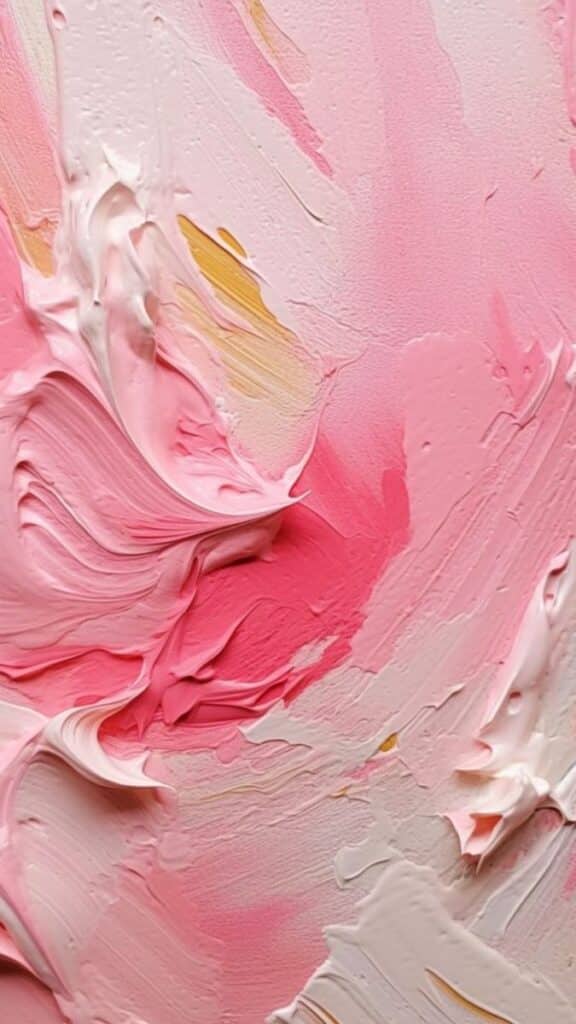
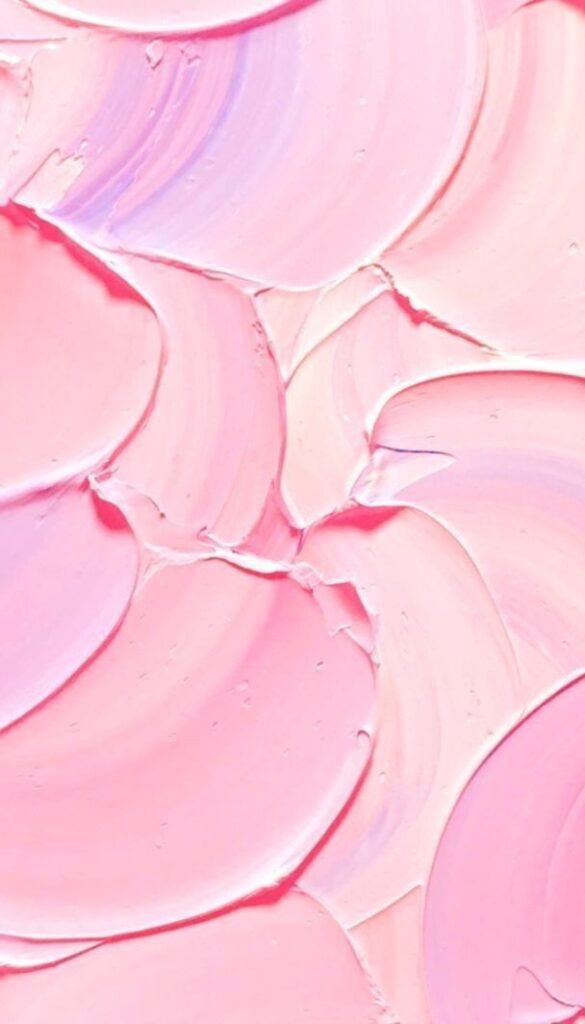
Creating texture on pink surfaces adds interest and shows different materials. Rough textures can be made by using short, quick strokes or dabbing lightly with a brush.
Smooth textures need careful blending with soft tools and gradual color changes. Using a sponge or tissue can help achieve soft texture on paint.
Patterns like crosshatching with pink and other shades can give the look of fabric or skin. Adding small white highlights makes the texture pop and feel three-dimensional. Textures must be consistent to keep the drawing realistic.
Advanced Pink Drawing Challenges
These challenges invite artists to push their skills with creative and technical approaches. Focusing on unusual scenes and lighting effects helps deepen the understanding of pink tones.
Surreal Pink Scenes
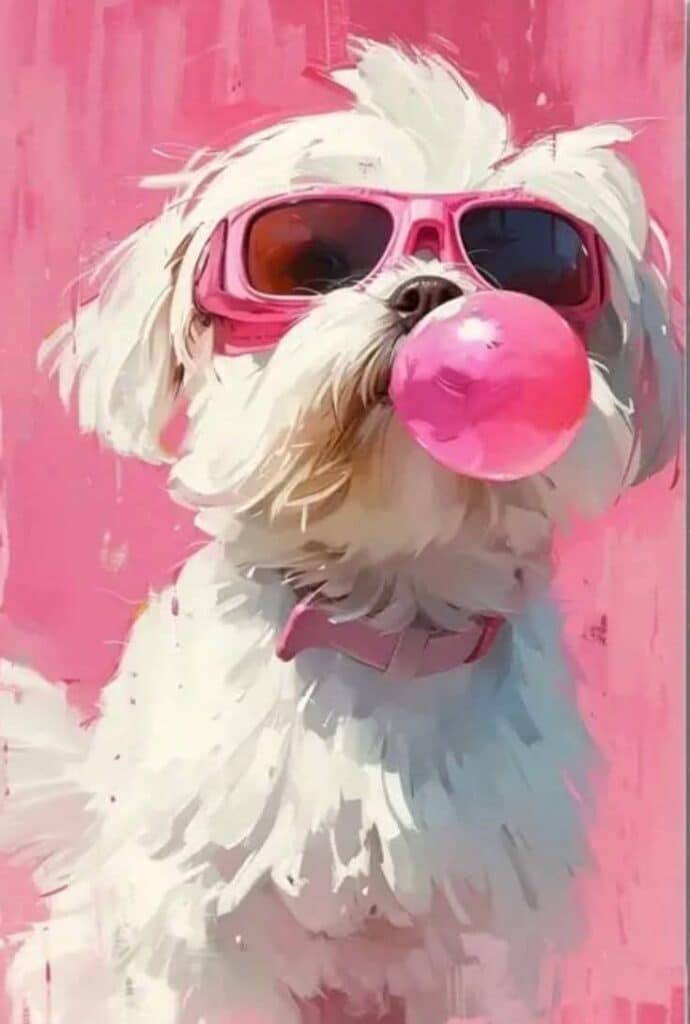
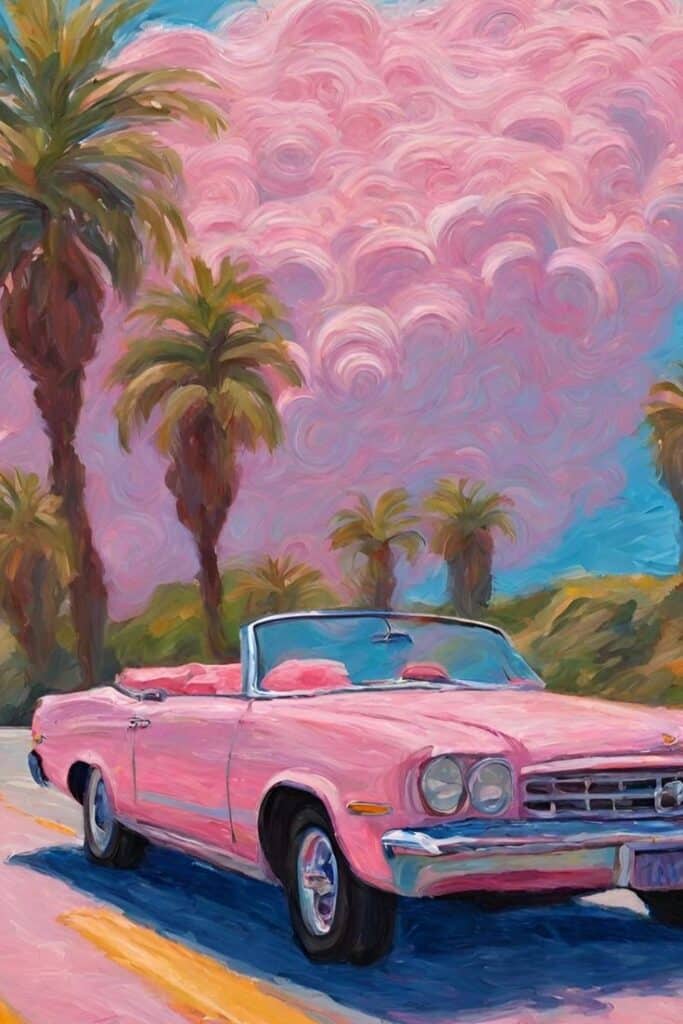
Creating surreal scenes with pink requires imagination and control of detail. Artists can combine unexpected elements like floating objects, strange creatures, or distorted landscapes, all with pink hues.
The challenge is to balance vivid pinks with softer shades to avoid overpowering the composition. Using pink in unnatural ways, such as pink skies or neon pink water, adds a dreamlike feeling.
Details like shadows, reflections, and textures must stay consistent to keep the scene believable despite its oddness. This practice helps improve both creativity and technical skill.
Moody Pink Light and Shadow


Working with pink light and shadow means mastering contrast and depth. Pink is often a bright or soft color, so creating moody effects involves mixing it with darker purples or greys.
Artists can experiment with directional lighting to cast long pink shadows or use subtle gradients to show form. This builds a strong atmosphere in the drawing.
The key is to observe how pink changes under different lighting—warm glows or cool dusk—and reflect that in the drawing. This challenge trains the eye to see color variations in shadows and highlights.
Inspiration from Famous Pink Artwork
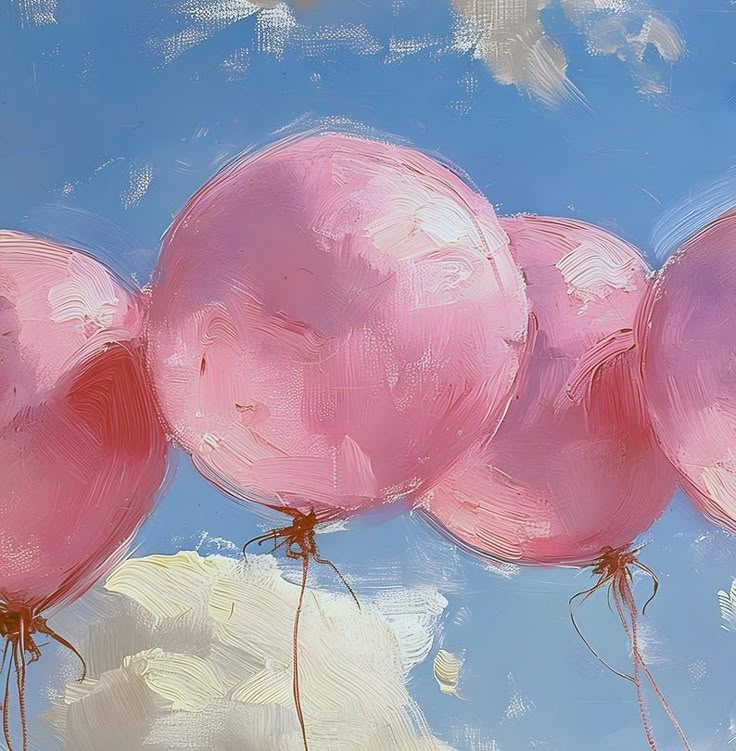
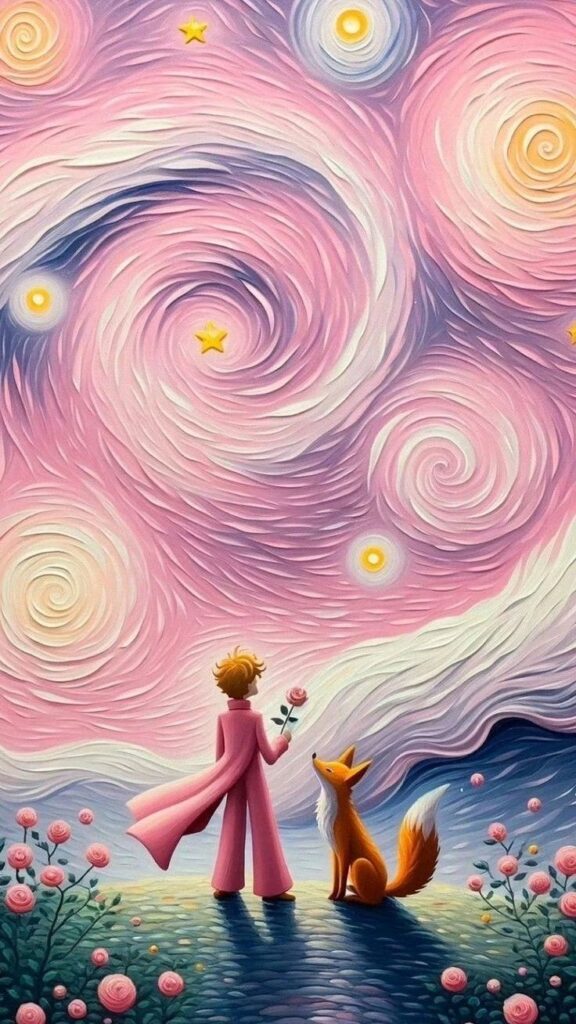
Many artists use pink to create powerful and memorable art. One well-known example is Yayoi Kusama, who often uses bright pink in her polka dot patterns. Her work shows how pink can feel both playful and intense.
Another example is Mark Rothko, famous for his color field paintings. He used soft pinks to express emotion and calmness. His art teaches that pink can carry deep meaning without detailed images.
David Hockney is also known for his use of pink. In some of his landscapes and portraits, pink adds warmth and softness. His work suggests that pink can bring out different moods in art.
| Artist | Use of Pink | Effect |
|---|---|---|
| Yayoi Kusama | Bright polka dots | Playful, bold |
| Mark Rothko | Soft color fields | Calm, emotional |
| David Hockney | Warm highlights in scenes | Warmth, softness |
These examples show how pink can be used in many ways. It can be loud or quiet, happy or serious. Looking at famous artwork helps spark ideas for using pink in drawings.
- 38shares
- Facebook0
- Pinterest38
- Twitter0


